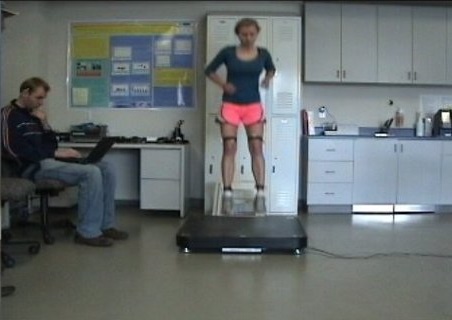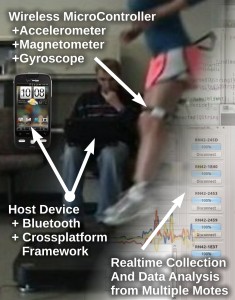
Telehealth deals with the delivery of health-related services via telecommunications technologies. This can be as varied as synchronizing X-ray data over a hospital’s local network, videoconferencing with patients abroad, or even performing remote robotic surgery. The focus of telehealth is, however, biased toward preventing and identifying potential problems vs telemedicine which is geared toward curative aspects of a recovery.
Advances in technolog y have led to development of various sensing, computing and communication devices that can be woven into the physical environment of our daily lives. Such systems enable on-body and mobile health-care monitoring, can integrate information from different sources, and can initiate actions or trigger alarms when needed[1]. For example, in the case of managing patients with acute diabetes, the blood glucose levels can be monitored continuously in vivo, which controls the insulin delivery from an implanted reservoir. For the treatment of epilepsy and other debilitating neurological disorders, there are already on the market implantable, multiprogrammable brain simulators which save the patient from surgical operations of removing brain tissue [2].
y have led to development of various sensing, computing and communication devices that can be woven into the physical environment of our daily lives. Such systems enable on-body and mobile health-care monitoring, can integrate information from different sources, and can initiate actions or trigger alarms when needed[1]. For example, in the case of managing patients with acute diabetes, the blood glucose levels can be monitored continuously in vivo, which controls the insulin delivery from an implanted reservoir. For the treatment of epilepsy and other debilitating neurological disorders, there are already on the market implantable, multiprogrammable brain simulators which save the patient from surgical operations of removing brain tissue [2].
The appeal of telehealth is the shift of workload from medical staff to computers. This allows doctors to focus more on the technical aspects of their job as well as opens up new ways of assessing health before a problem occurs in the first place. In specific there are a multitude of applications of telehealth in the areas of post-injury rehabilitation as well as monitoring the activities and wellness of the growing elderly population.
At the Kino Project we have mostly worked with on sports injury rehabilitation. The sensors used vary from inertial sensors to biological sensors such as EKG and EMG.
For more information please see: http://kino.tt